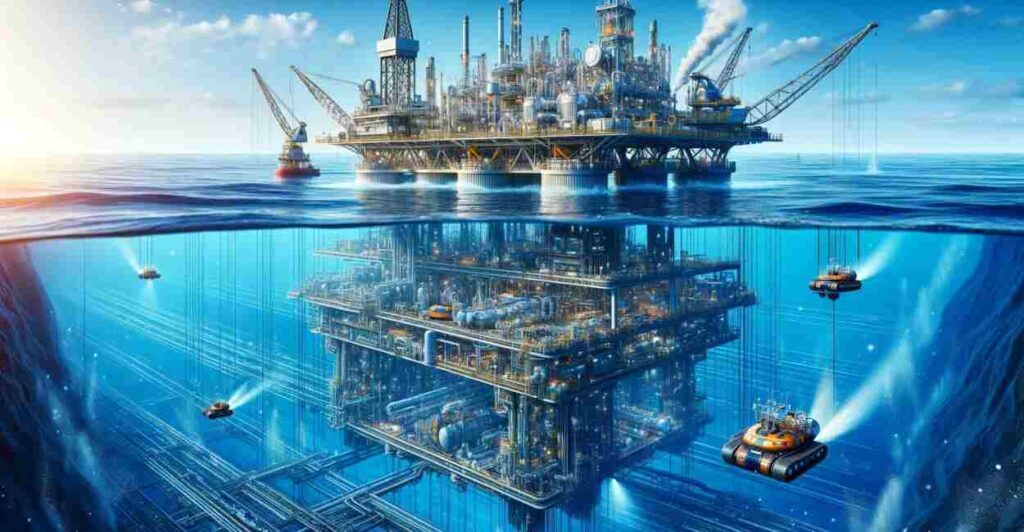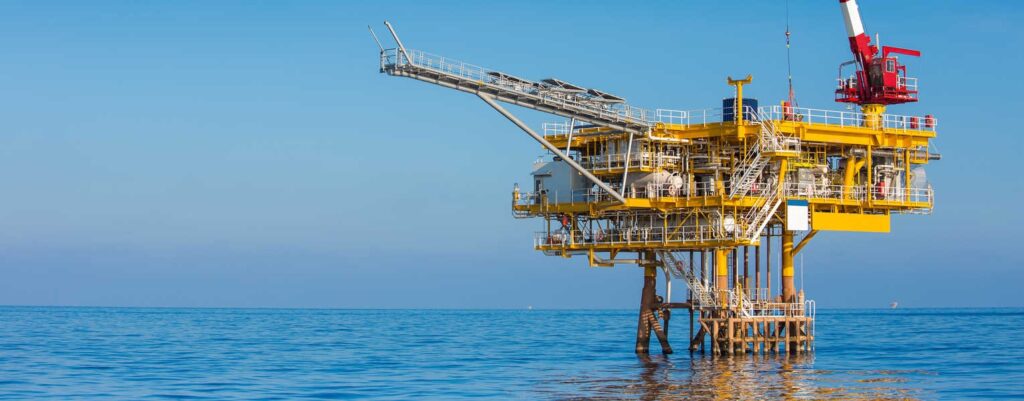The energy landscape is evolving at an unprecedented pace, driven by increasing global demand for energy, environmental concerns, and advancements in technology. One area that has emerged as a key player in this evolution is deep offshore technology. As the world seeks to tap into untapped reserves of oil and gas, the ability to extract resources from deep underwater environments has become crucial. This blog post delves into the intricacies of deep offshore technology, exploring its potential, the challenges it faces, and its impact on the energy sector.
Understanding Deep Offshore Technology
What is Deep Offshore Technology?
Deep offshore technology refers to the specialized techniques, equipment, and processes used to explore, drill, and extract hydrocarbons from beneath the ocean floor in deep-water environments. This technology is crucial for accessing reserves that are located beyond the reach of conventional drilling methods.
The Importance of Deep Offshore Technology
The demand for energy continues to grow as global populations rise and economies expand. Deep offshore technology is essential for meeting this demand, as it allows for the exploration of previously inaccessible oil and gas reserves. These resources play a significant role in powering industries, transportation, and daily life, making the advancement of deep offshore technology critical.
The Evolution of Deep Offshore Technology

Historical Context
Deep offshore drilling began in the 1940s, but significant advancements have been made since then. The 1970s marked a turning point with the development of semi-submersible rigs, allowing drilling at greater depths. The Gulf of Mexico became a testing ground for these technologies, setting the stage for future exploration.
Recent Advances
Recent years have seen remarkable innovations in deep offshore technology, including:
- Subsea Robotics: Autonomous underwater vehicles (AUVs) and remotely operated vehicles (ROVs) are now used for inspection, maintenance, and exploration, enhancing safety and efficiency.
- Advanced Drilling Techniques: Technologies like managed pressure drilling (MPD) and horizontal drilling have improved drilling precision, reducing risks and costs.
- Digitalization: The integration of digital technologies, such as data analytics and machine learning, has transformed operations, allowing for better decision-making and predictive maintenance.
Key Components of Deep Offshore Technology
Exploration Techniques
Deep offshore exploration relies on a combination of seismic surveys and geological modeling. Seismic surveys use sound waves to map the ocean floor and identify potential hydrocarbon reserves. Advanced imaging techniques, such as 3D seismic imaging, provide detailed insights into the subsurface geology.
Drilling Equipment
- Floating Rigs: Floating drilling rigs, such as semi-submersibles and drillships, are designed to operate in deep water. They are anchored to the seabed and can withstand harsh ocean conditions.
- Subsea Systems: Subsea production systems, including wellheads and manifolds, are critical for extracting oil and gas from the ocean floor. These systems are designed to operate in extreme conditions, with advanced monitoring and control capabilities.
- Umbilicals and Risers: Umbilicals provide the necessary fluids and electrical connections between the seabed and surface facilities, while risers transport hydrocarbons to the surface.
Production and Processing
Once hydrocarbons are extracted, they must be processed for transportation and sale. Floating production storage and offloading (FPSO) units are often used for this purpose, allowing for efficient storage and transfer of oil and gas.
The Potential of Deep Offshore Technology

Resource Accessibility
Deep offshore technology unlocks vast reserves of oil and gas, particularly in regions like the Gulf of Mexico, Brazil, and West Africa. According to estimates, deep-water fields contain significant quantities of untapped hydrocarbons, with the potential to meet a substantial portion of global energy needs.
Economic Impact
The development of deep offshore resources has substantial economic implications. It creates jobs, stimulates local economies, and contributes to energy security. The oil and gas industry is a major driver of economic growth in many countries, and deep offshore technology plays a critical role in sustaining this growth.
Environmental Considerations
While the extraction of hydrocarbons has environmental implications, advancements in deep offshore technology are also leading to more sustainable practices. Innovations such as zero-discharge drilling techniques and enhanced spill response systems help mitigate environmental risks.
Challenges Facing Deep Offshore Technology
Technical Challenges
- Extreme Conditions: Deep-water environments pose significant technical challenges, including high pressures, low temperatures, and corrosive conditions. Equipment must be engineered to withstand these extreme factors.
- Complex Logistics: Coordinating deep offshore operations involves complex logistics, including transportation of personnel, equipment, and materials. Ensuring safety and efficiency in these operations is crucial.
- Data Management: The vast amounts of data generated during exploration and production require robust data management systems. Integrating this data for real-time decision-making is a continuous challenge.
Economic and Market Factors
- Volatile Oil Prices: The oil and gas industry is susceptible to fluctuations in market prices. The profitability of deep offshore projects can be significantly affected by changes in global oil prices.
- Investment Risks: The capital-intensive nature of deep offshore projects requires significant investment. Investors must weigh potential returns against the risks associated with exploration and production.
Regulatory and Environmental Challenges
- Regulatory Compliance: Navigating the complex regulatory landscape for offshore operations can be challenging. Compliance with environmental regulations and safety standards is paramount.
- Environmental Concerns: Public scrutiny and environmental activism surrounding offshore drilling are growing. Companies must address these concerns while ensuring responsible practices.
The Future of Deep Offshore Technology

Innovations on the Horizon
The future of deep offshore technology is poised for further innovation. Emerging technologies such as:
- Artificial Intelligence (AI): AI-driven solutions can enhance predictive maintenance, optimize drilling operations, and improve decision-making processes.
- Carbon Capture and Storage (CCS): Integrating CCS technology with deep offshore operations can help mitigate greenhouse gas emissions, aligning the industry with global climate goals.
- Floating Wind Farms: The synergy between offshore oil and gas and renewable energy sources, such as floating wind farms, presents opportunities for diversification and sustainability.
The Role of Collaboration
Collaboration between industry stakeholders, governments, and research institutions is essential for advancing deep offshore technology. Joint ventures and partnerships can lead to shared knowledge, resources, and best practices.
Sustainability Initiatives
The industry is increasingly focusing on sustainability initiatives, aiming to minimize environmental impacts and transition to cleaner energy sources. Embracing responsible practices and investing in renewable technologies will be crucial for the future.
Conclusion
Deep offshore technology stands at the forefront of the energy sector, offering immense potential for resource extraction and economic growth. However, it also faces significant challenges that must be addressed through innovation, collaboration, and sustainable practices. As the world navigates the complexities of energy demands and environmental concerns, deep offshore technology will play a vital role in shaping the future of energy production.
By embracing advancements and addressing the challenges ahead, the industry can unlock the full potential of deep offshore resources, ensuring a sustainable energy future for generations to come.



